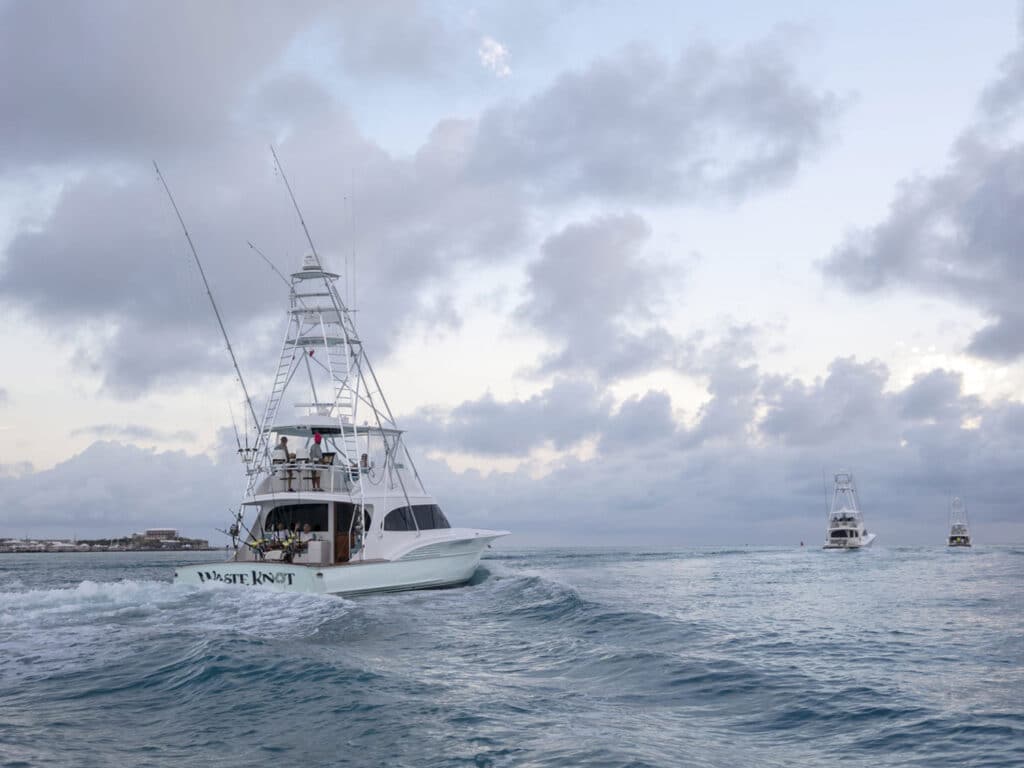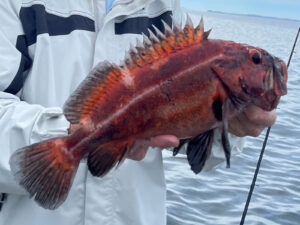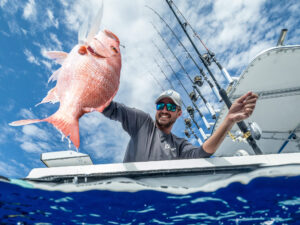
Researchers and scientists know surprisingly little about the migrations of many offshore sportfish. But with determined efforts by anglers to tag released fish for tracking, steady progress is happening in real time.
One example of fishermen-fueled research is the Dolphinfish Research Program that relies on anglers to tag mahi, but also report back captured tagged dolphinfish, with the goal to identify this gamefish’s long-distance migration routes. Over the last 16 years, 32,630 dorado were tagged and 784 were recaptured, according to the program.
Different billfish species, such as blue marlin, have also received major attention, thanks to the International Game Fish Association and supportive fishing teams.

The IGFA Great Marlin Race is a billfish research and conservation initiative that allows recreational anglers — armed with expensive satellite tag technology — to become citizen scientists and deploy tags on the billfish they catch. Each year the race takes place from Oct. 1 – Sept. 30. The winning team is decided by the tagged billfish that travels the farthest distance. But the race is just one part of it. The larger goal is for scientists, anglers, and policymakers to better understand billfish migration patterns and habitat utilization.
“The IGFA Great Marlin Race was established [in 2011] to involve the angling community in citizen science,” said IGFA President, Jason Schratwieser. “By coupling competitive spirit with conservation, we’re able to gather invaluable data that helps ensure the survival of these magnificent species. This year’s winners exemplify the heart of this program: a deep commitment to conservation and the betterment of sport fishing.”
The SAT tags deployed on marlin and sailfish transmit information to researchers at Stanford University who analyze and disseminate the data, leading to a better understanding of these incredible animals and how to better manage them. To date, the IGFA Great Marlin Race has deployed nearly 600 satellite tags on billfish around the world.

In 2023, a total of 59 satellite tags were deployed across five billfish species during 23 global tagging events. Often, these events might be billfish fishing tournaments, such as the Bermuda Triple Crown. While some tags are set to provide data for the 2023-2024 race, 29 tags surfaced during this year’s race. This year’s winner (2022-2023) was the Waste Knot fishing team, a longtime supporter of the program. The tag was deployed during the 2022 Big Rock Blue Marlin Tournament, with the tag sponsored by Scott and Ven Poole of Waste Knot.

- First Place: The winning blue marlin, caught by Ven Poole and tagged by Scott Poole, traveled an impressive straight-line distance of 4,149 nautical miles from the US East Coast to the coast of Brazil. This route was this year’s longest — also the 5th longest in the program’s history and the 3rd longest for a blue marlin — with a total estimated track of 7,819 nm.
- Second Place: The runner-up, a blue marlin tagged aboard Stream Weaver during the Big Rock Blue Marlin Tournament and deployed by Bobby Schlegel, marked a straight distance of 2,543 nm, with an estimated total track of 3,689 nm.
- Third Place: The third place was claimed by a striped marlin tagged off New Zealand, sponsored and deployed by the crew of Trident, which traveled 1,545 nm in just 85 days.








